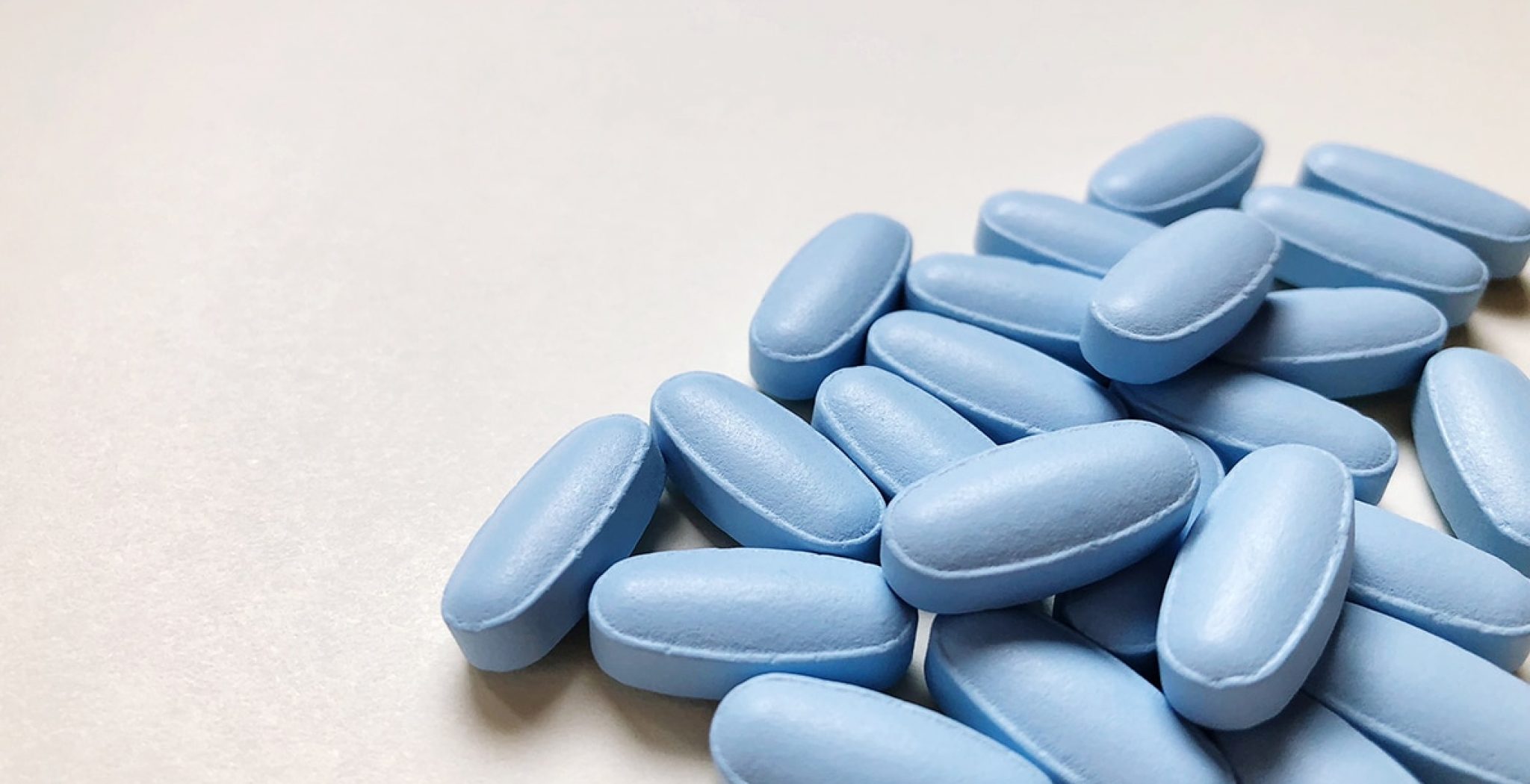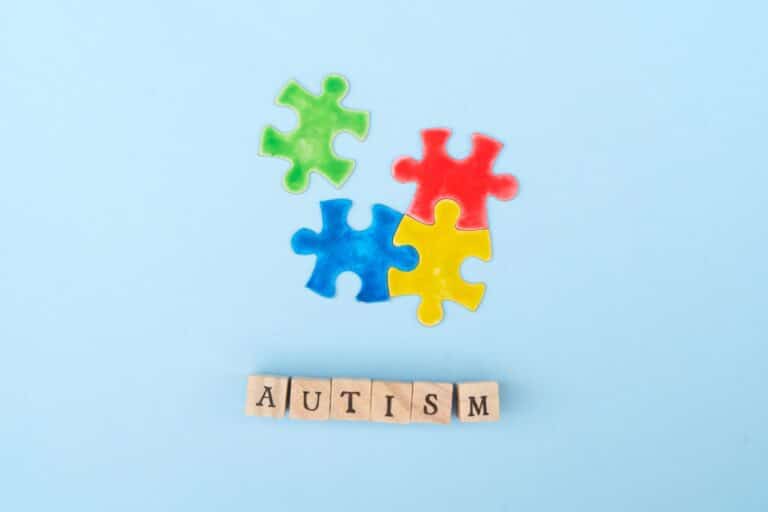Xanax is a brand name for a medication called alprazolam. Healthcare professionals prescribe this drug to treat mental health disorders involving anxiety and panic attacks.
The medication belongs to a class of drugs called benzodiazepines. Benzodiazepines are depressants. They reduce seizures, relieve anxiety, and calm muscle spasms. Xanax is most commonly used to treat anxiety disorders when prescribed by a medical professional.
Xanax is the most addictive benzodiazepine on the market. Due to the effects of the drug, Xanax should only be taken as prescribed under medical supervision. Blue Xanax is the medication’s high-dosage form.
The “blue” in Blue Xanax refers to the pill’s color and dosage. This medication comes in specific colors, shapes, types, and sizes. A blue round pill is one of the largest available.
While it’s a prescription drug, many of these pills are available nationwide. This causes people to abuse Xanax and suffer the consequences of addiction.
What Is Blue Xanax?
Blue Xanax is a blue form of Xanax. The appearance of this medication can vary depending on the dosage. For example, green Xanax pills (also called bars) are the largest, while white oval pills are the smallest.
Blue Xanax comes in two different shapes. The blue oval pill contains 1mg, while the blue round pill contains 2mg.
Xanax can come in different types, including:
- Overseas Xanax – Xanax is available over the counter in some countries, including Mexico. However, the lack of control over pharmaceuticals in other countries can mean low-quality medication.
- Xanax XR – this type of Xanax is released slowly over time. For many people, Xanax XR is safer since it doesn’t have as many side effects. It’s also less likely to result in quick tolerance.
- Generic Xanax – cheaper versions of alprazolam may be available under different brand names.
- Liquid Xanax – if a person can’t or won’t swallow pills, a doctor may prescribe Xanax in liquid form.
The U.S. Food and Drug Administration approves Xanax use for insomnia, anxiety disorder, social anxiety disorder, panic disorder, and seizures. Some doctors prescribe this drug off-label for sleep disorders other than insomnia, bipolar disorder, and tic disorders (i.e., Tourette Syndrome).
How Does Blue Xanax Work?
Blue Xanax is a fast-acting anxiety drug that works by producing a sedative effect. While this makes the drug highly effective for treating anxiety, insomnia, and panic attacks, it’s also what makes it so addictive. Blue Xanax acts quickly, usually within 30 minutes, and wears off in about two hours.
The medication affects chemical messengers in the brain called neurotransmitters. It strengthens the effect of a natural neurotransmitter (gamma-aminobutyric acid) that calms the nervous system, resulting in less anxiety in the patient.
While short-term use is generally safe for the patient, long-term use can lead to addiction. A patient needs more and more drugs to achieve the same calming effect. If a person is using Xanax recreationally, addiction can develop quickly.
Blue Xanax’s ability to reduce stress and anxiety causes many people to try it repeatedly without getting a professional medical consultation.
Side Effects of Blue Xanax
While Blue Xanax is an effective medication that can help many people with mental health disorders, muscle spasms, and seizures, it comes with specific side effects. People who use this drug without a doctor’s control can face a variety of adverse consequences, including:
- Insomnia
- Drowsiness
- Dizziness
- Memory and concentration problems
- Slurred speech
- Poor coordination
- Headaches
- Nausea
- GI (gastrointestinal) tract problems
- Swelling in hands and feet
- Muscle weakness
- Reduce libido
If a person takes Xanax for a long time and then stops, they can experience acute withdrawal symptoms, including anxiety, panic attacks, and seizures. Studies show that stopping Xanax after just one week can already produce signs of withdrawal.
Withdrawal From Blue Xanax
When a doctor prescribes Xanax, they explain all the possible side effects, tolerance issues, and withdrawal-related consequences. In a controlled medical setting, the withdrawal from this medication is gradual. Usually, the doctor reduces the dose by 0.5 mg every three days.
If a person uses this drug recreationally, they suffer from acute withdrawal symptoms and try to find more drugs to continue getting a positive effect. Meanwhile, the progressing tolerance forces the user to seek larger doses.
Withdrawing from Xanax without medical assistance can be dangerous. Sudden seizures or panic attacks could lead to serious health consequences.
Signs of Blue Xanax Addiction
When a person develops an addiction to Blue Xanax, they can:
- Continuously fail to meet important family, work, and school obligations.
- Spend the majority of their time trying to find Blue Xanax or other benzodiazepines (since they are prescription-only, the search for these drugs on the street can be complex and time-consuming).
- Think and talk about stopping Xanax abuse, but never take any action.
- Require larger and larger amounts of the medication
- Experience withdrawal symptoms
People who use Xanax often experience such symptoms as anxiety, depression, suicidal thoughts, mood swings, nightmares, and memory problems.
It’s imperative not to quit Xanax “cold turkey.” The withdrawal should be arranged in a medical setting. Otherwise, a person could face a medical emergency. Xanax dependency should not be treated lightly due to the physical effects of the substance.
Many drug and alcohol rehabilitation centers offer Xanax detox services. During medical detox, the patient quits the drug gradually. This prevents them from having acute physical symptoms and sets them on the right track to successful rehabilitation.
Blue Xanax and Alcohol
Initially, benzodiazepines played the role of alcohol withdrawal assistant. Today, some doctors may still prescribe Xanax as an alternative to Valium to ease alcohol withdrawal symptoms. Blue Xanax and alcohol have very similar short-lived effects. Both reduce social anxiety and help with insomnia.
Some people take Blue Xanax together with alcohol to maximize the effect. This is dangerous because Xanax and alcohol are nervous system depressants. They slow the body’s activities, including breathing, heart rate, and motor skills. While abusing Xanax alone rarely leads to lethal effects, mixing these two substances can.
When and How to Get Help
Signs of Xanax addiction are similar to other illicit drug abuse symptoms. When the person becomes less social, fails to meet essential obligations, experiences withdrawal symptoms, and spends the majority of their time looking for drugs, they are addicted.
It’s easy to get addicted to Xanax by exceeding the dosage and failing to follow the doctor’s orders. When withdrawal symptoms occur, it’s time to get professional medical help.
Southern California Sunrise Recovery Center helps people with Xanax addiction detox and recover safely. Our strong Xanax Rehab Program is specifically designed to wean patients off the drug, help them with co-occurring disorders, and ensure a successful recovery process. Contact us today to learn more about our program and how we can help.






